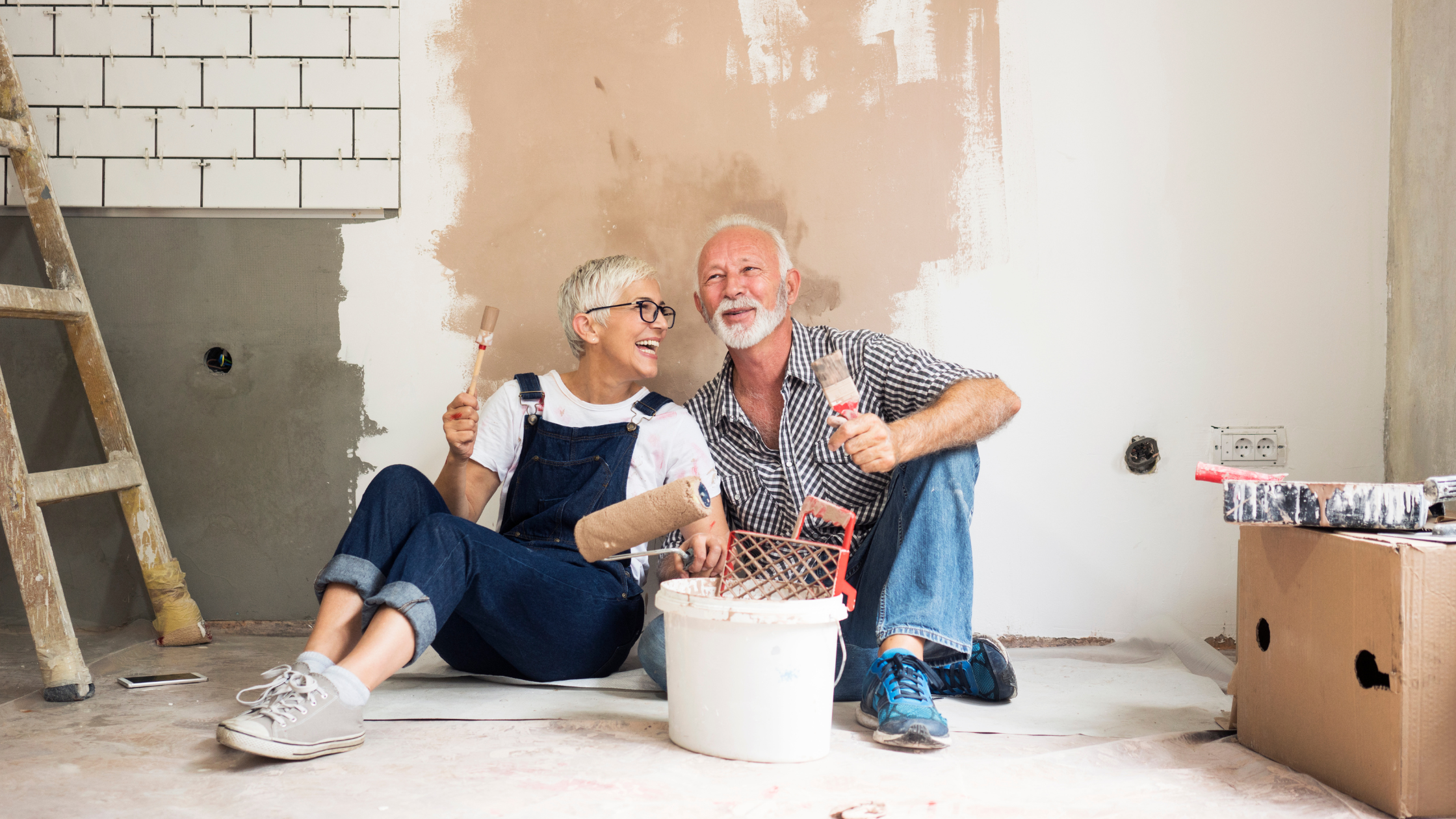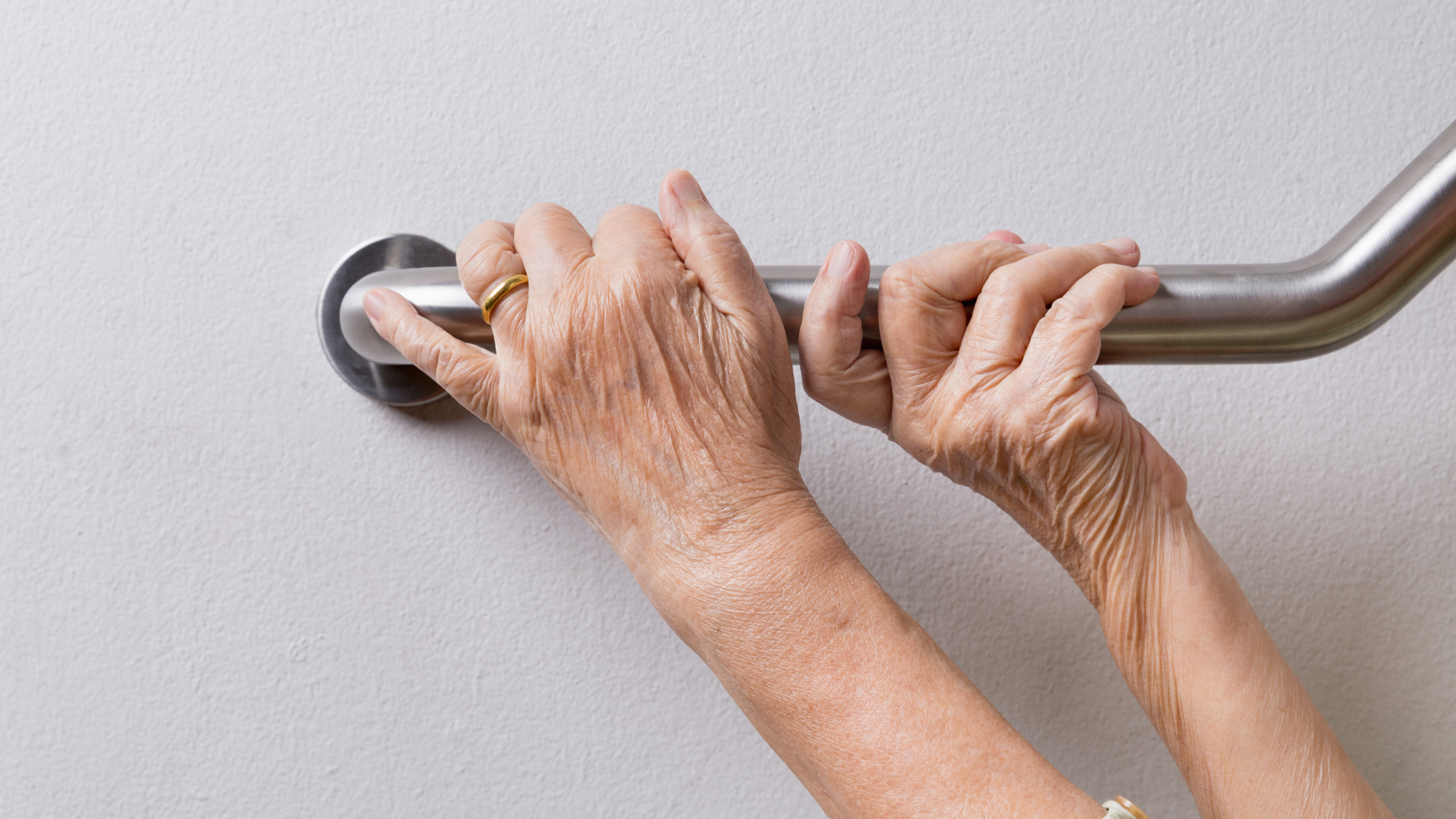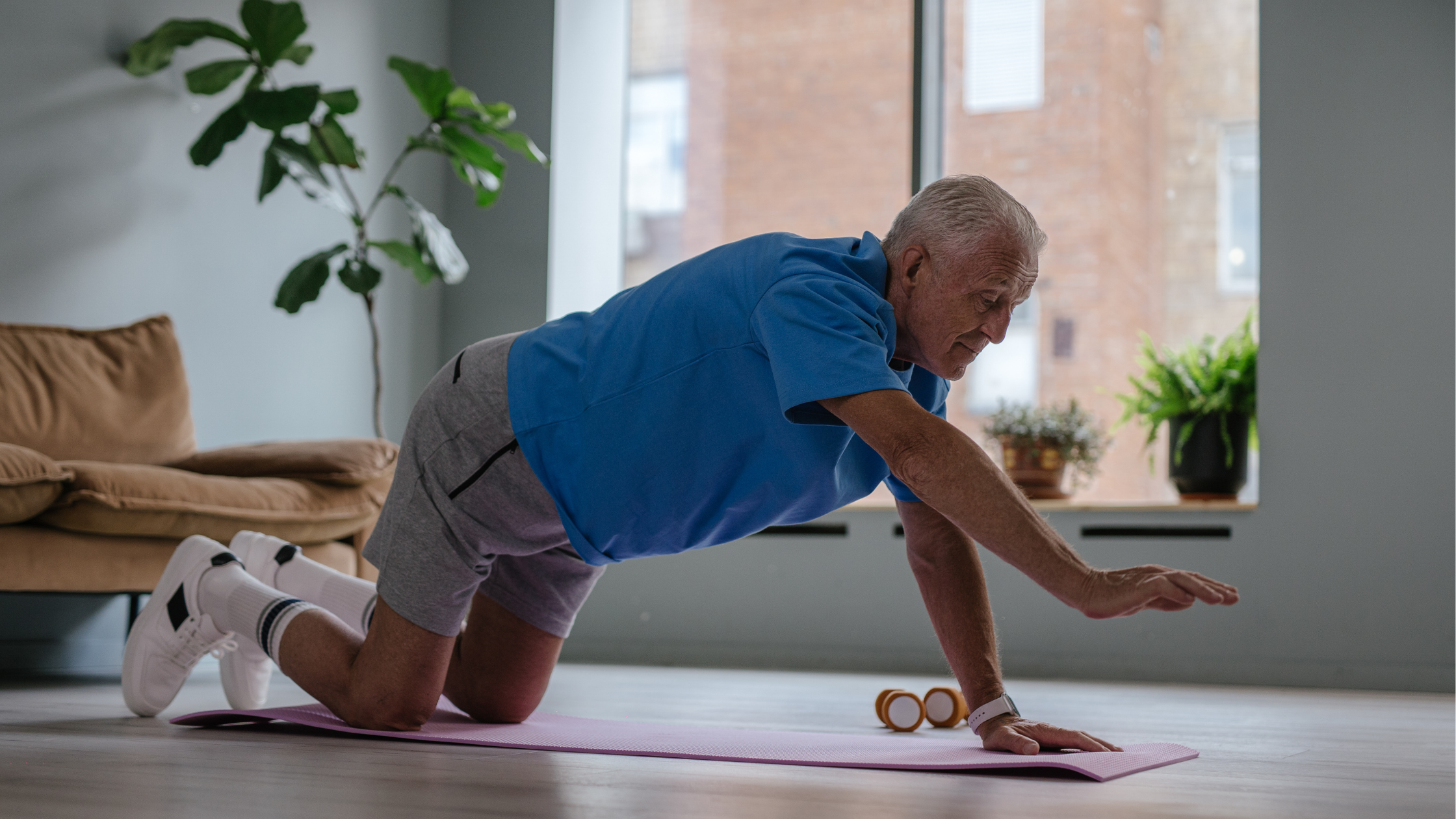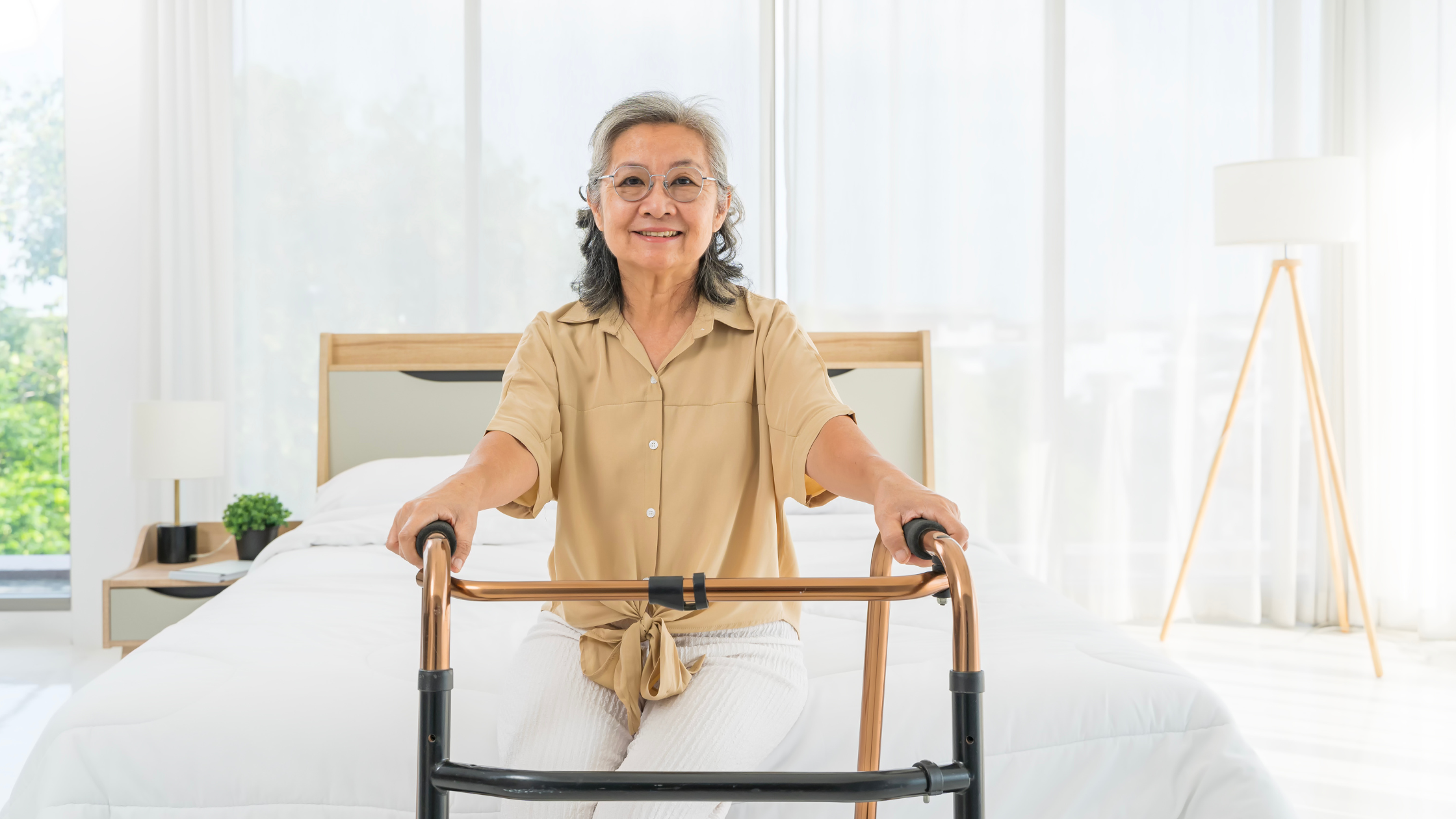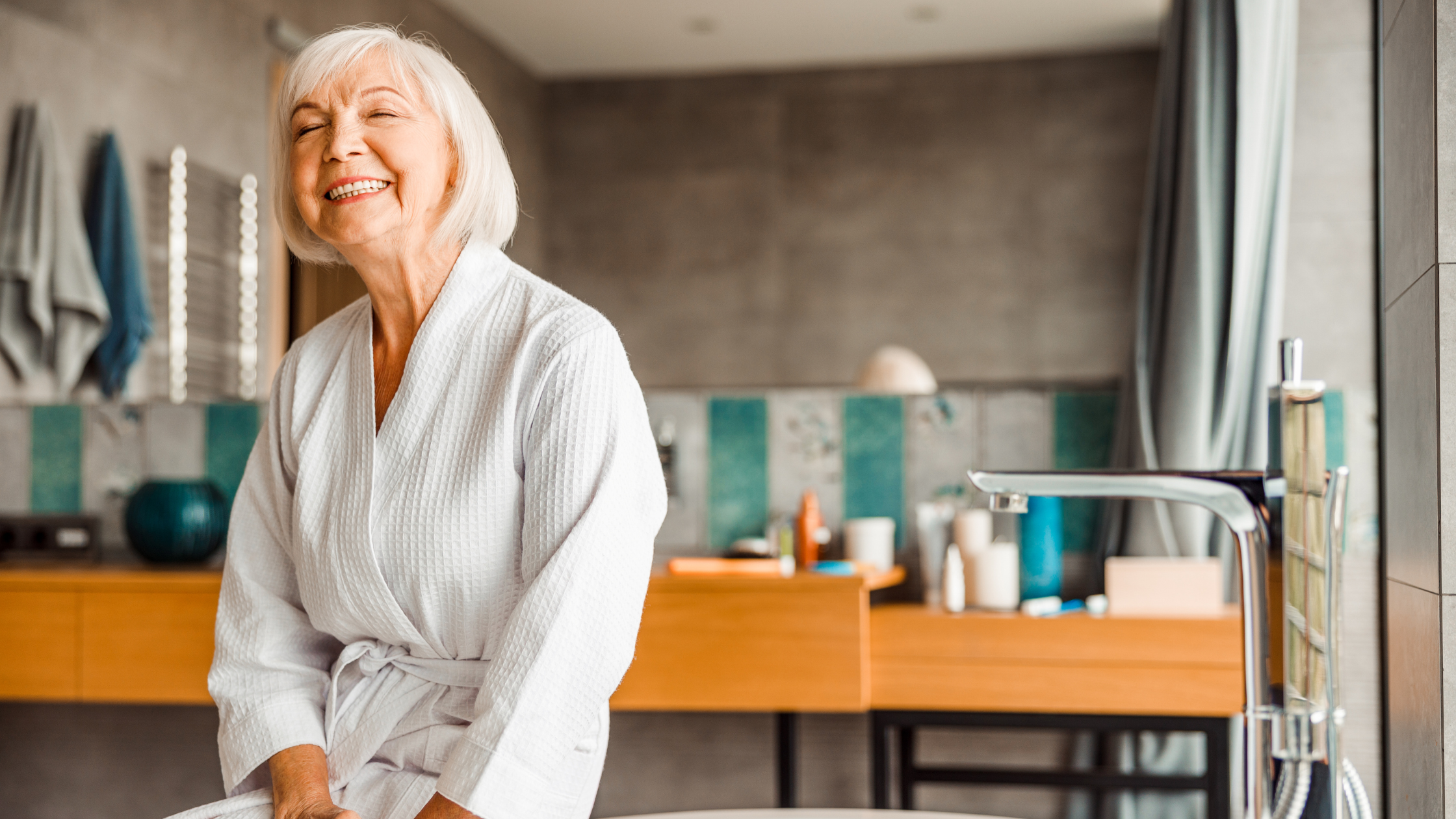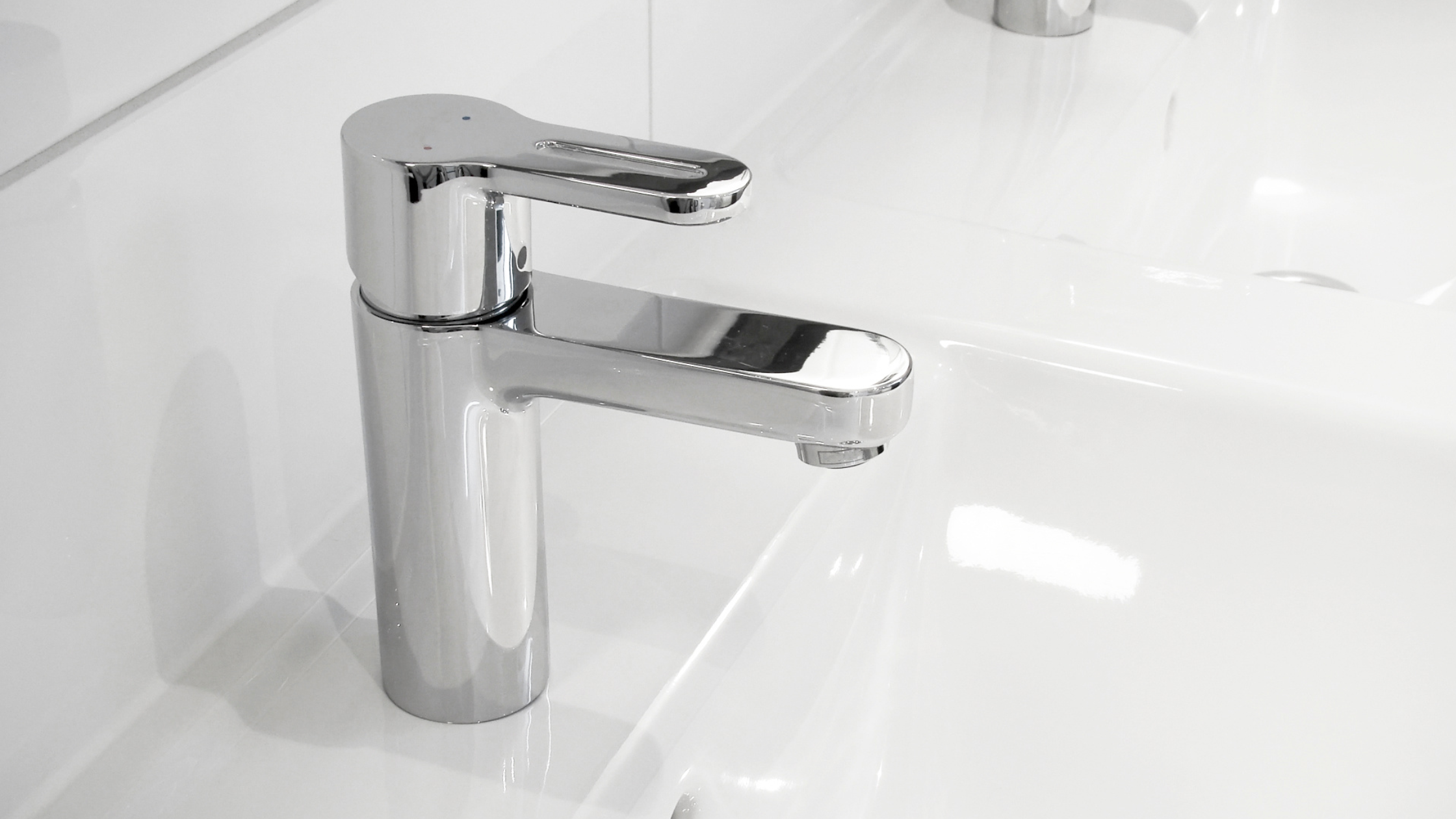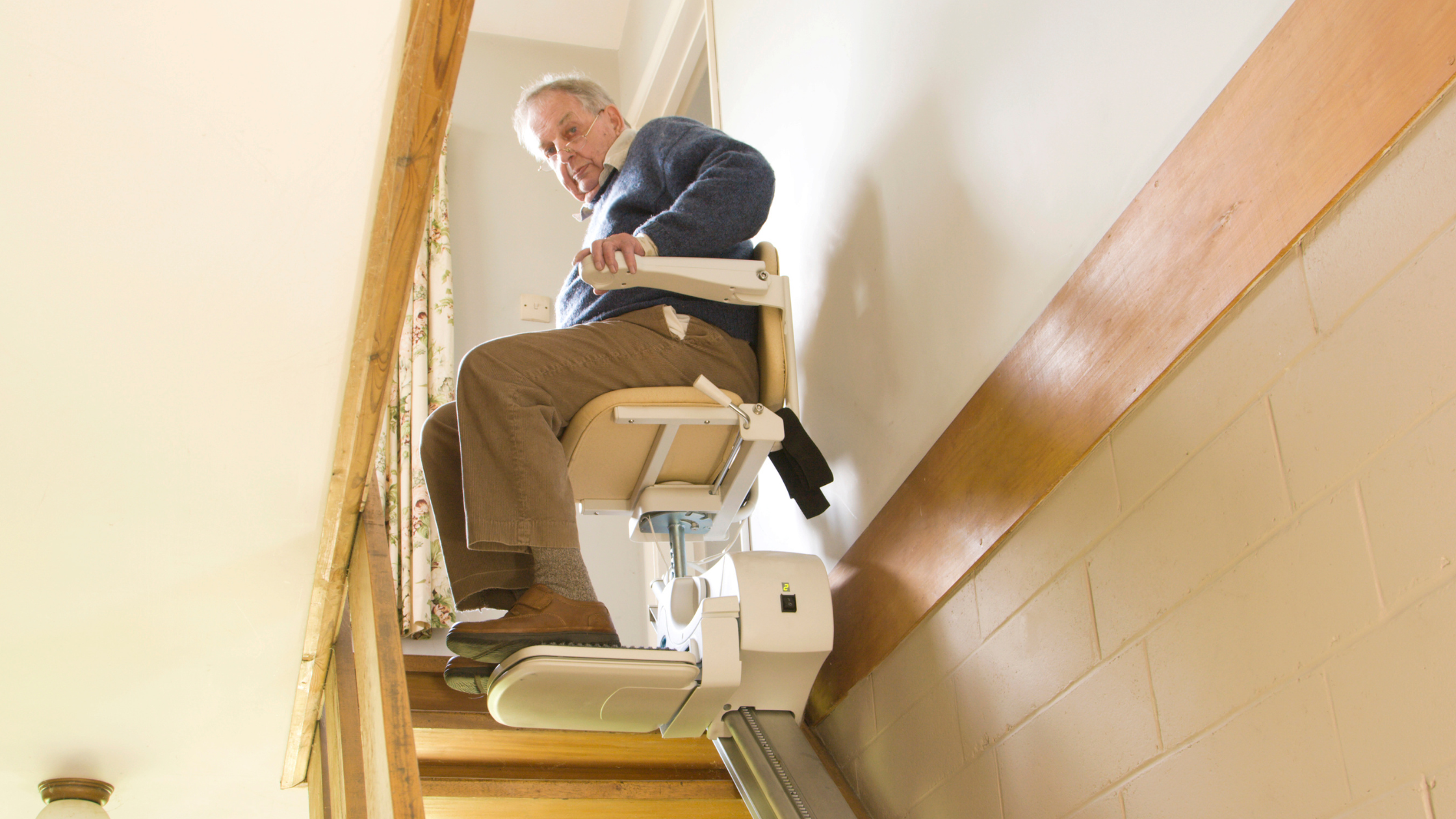As we get older, making a home safer and easier to navigate becomes more important. Renovating with seniors in mind can help you stay independent longer and avoid unnecessary trips and falls. Whether you’re thinking about small changes or larger renovations, it’s all about comfort, safety, and accessibility.
Let’s take a look at seven home improvements that can really make a difference for seniors, plus how a Reverse Mortgage can help fund these changes without breaking the bank.
1. Installing Grab Bars and Handrails
Bathrooms and stairs are two of the most common places where accidents happen. Installing grab bars in the shower, near the toilet, and along staircases can significantly improve safety. These are easy additions that help with balance and stability, making daily activities much easier and safer.
Grab bars blend into the home’s design these days, so you don’t have to sacrifice style for safety.
2. Non-Slip Flooring
Slips and falls can be a major concern, especially on hard surfaces. Replacing slippery tiles or hardwood floors with non-slip options such as vinyl, cork, or rubber can make your home much safer. These materials are also softer underfoot, which is great for reducing the impact on your joints as you move around.
It’s a simple change, but it can make walking around your home much safer, especially in wet areas like the bathroom and kitchen.
[Related Post: Seniors Safety: Essential Home Renovations for a Safer Living Space ]
3. Wide Doorways
For anyone using a wheelchair, walker, or mobility scooter, narrow doorways can be a real barrier. Widening doorways to accommodate these aids is an essential renovation for improving accessibility throughout the home. You’ll be able to move around freely without having to squeeze through tight spaces, which can be frustrating and unsafe.
This may require some construction work, but the benefit of better mobility throughout your home is worth it.
4. Walk-In Showers or Walk-In Bathtubs
Traditional bathtubs and showers can become difficult to use as we age. Walk-in showers with seating or walk-in bathtubs are fantastic alternatives. You’ll be able to enter and exit with ease, reducing the risk of falls while bathing. Handheld showerheads also offer flexibility, making it easier to bathe while seated.
These upgrades add both safety and comfort to daily routines, giving you peace of mind.
5. Better Lighting
Dim lighting can make it harder to see obstacles, especially for seniors with declining eyesight. Adding more light fixtures or swapping out bulbs for brighter, energy-efficient options can make a big difference. Motion-sensor lights are particularly helpful—they automatically turn on when you enter a room or hallway, so there’s no need to search for switches in the dark.
Good lighting is key in preventing accidents, and it’s easy to install.
6. Lever-Style Door Handles and Faucets
Traditional round door knobs and faucets can be tough to use for anyone with arthritis or limited hand strength. Swapping them out for lever-style handles and faucets makes opening doors and turning taps much easier. This small change can have a huge impact on daily life, allowing you to stay independent and avoid straining your hands.
7. Stair Lifts and Ramps
If you live in a multi-story home, climbing stairs can become a real challenge over time. Stair lifts allow you to move between floors safely and comfortably. For homes with steps at the entry, installing a ramp provides easy access, especially if you’re using a walker or wheelchair.
Both options are excellent ways to maintain mobility and independence in your home, without the worry of falls.
How a Reverse Mortgage Can Help Fund Home Renovations
Renovating your home to make it safer and more accessible can be expensive, but a Reverse Mortgage can help cover the costs without adding financial stress. A Reverse Mortgage allows you to unlock the equity in your home and use those funds to pay for improvements—without having to sell or make monthly repayments.
[ Related Post: Most Australian Seniors Choose Home Care over Nursing Homes ]
Here’s how it works:
- Access Your Home Equity: With a Reverse Mortgage, you can borrow against the value of your home and receive the funds as a lump sum, a line of credit, or regular payments. This gives you the financial freedom to make the renovations you need.
- No Monthly Payments: You won’t need to worry about repaying the loan while you’re still living in the home. The loan is repaid when you sell the property, move into long-term care, or pass away.
- Stay Independent: With the funds from a Reverse Mortgage, you can make the necessary improvements to age in place, maintaining your independence and avoiding the cost and hassle of moving to a new home or assisted living.
By using a Reverse Mortgage, seniors can fund critical home improvements that make aging in place easier and safer—without draining their savings.
Want to learn more about Reverse Mortgage? Download your FREE Reverse Mortgage GUIDE.
Ready to Apply? You can now check your eligibility online or call Seniors First on 1300 745 745.
Disclaimer: This article is for informational purposes only and does not constitute financial advice. Please consult a licensed financial advisor before you make any decision.

